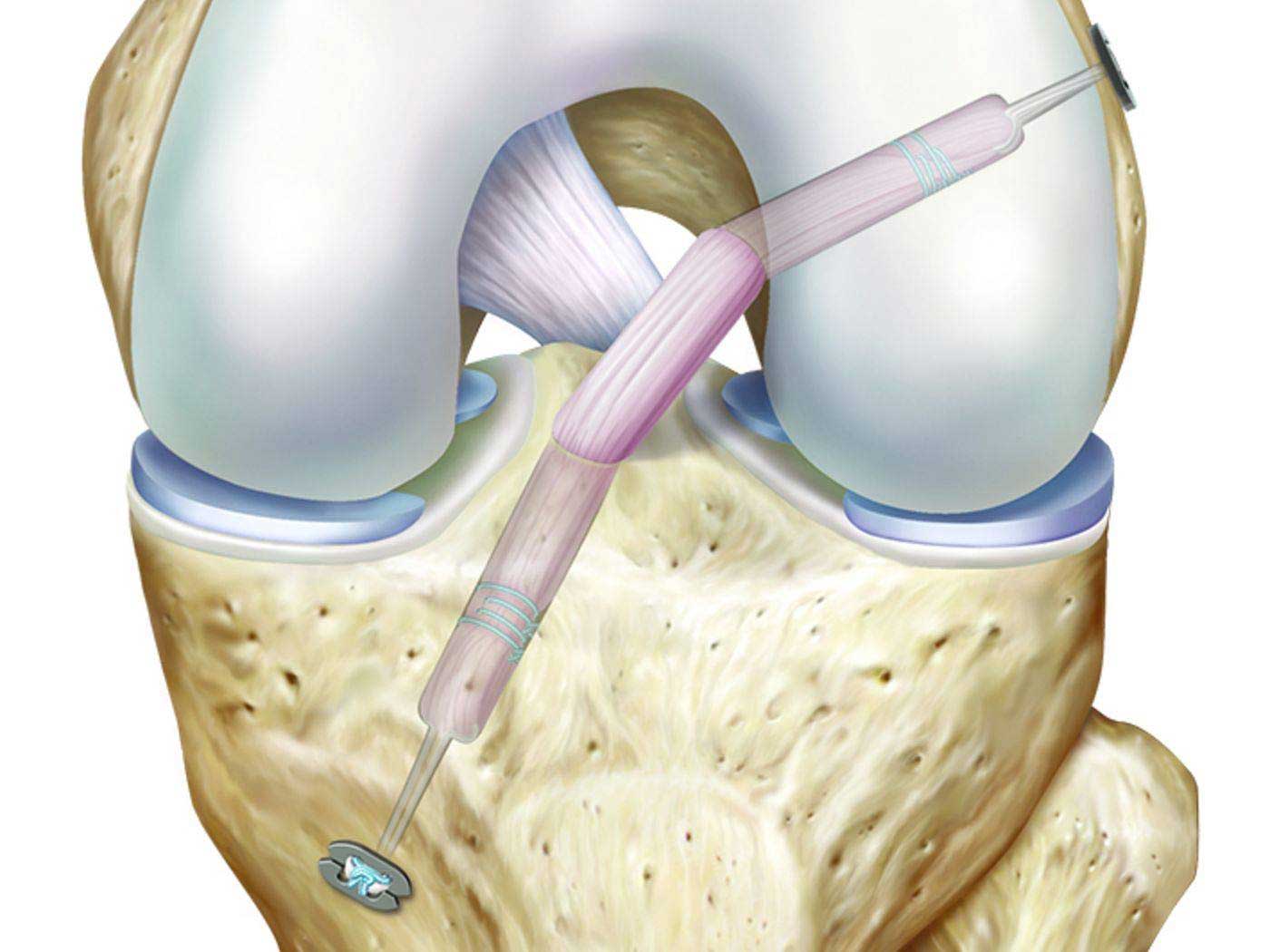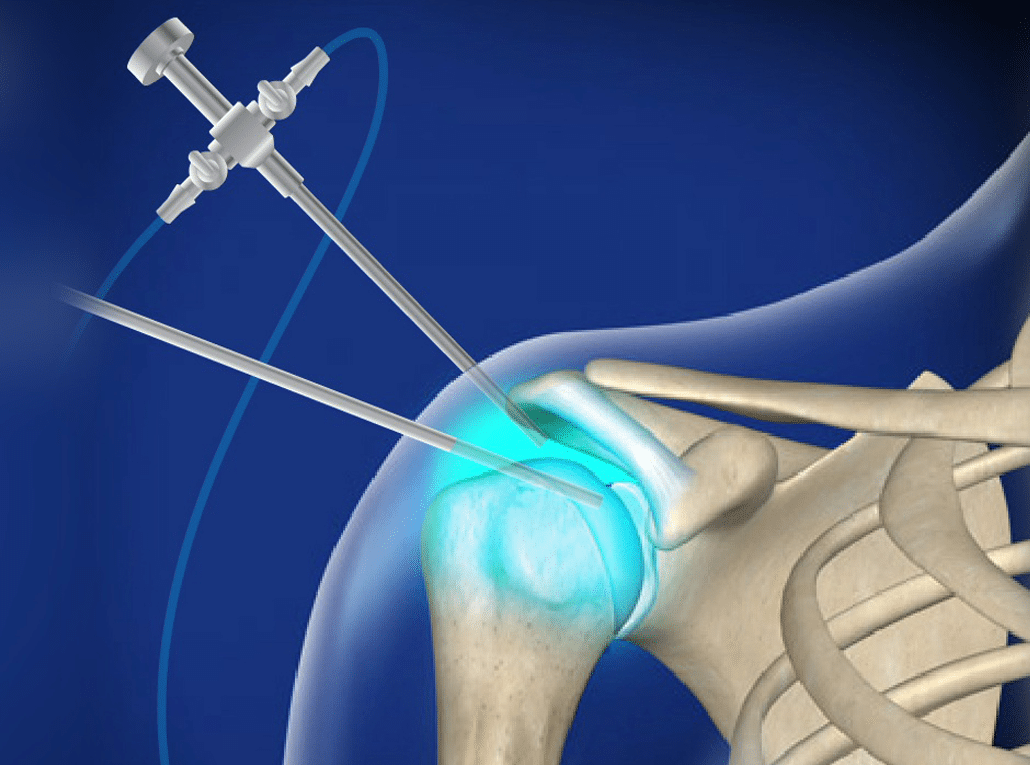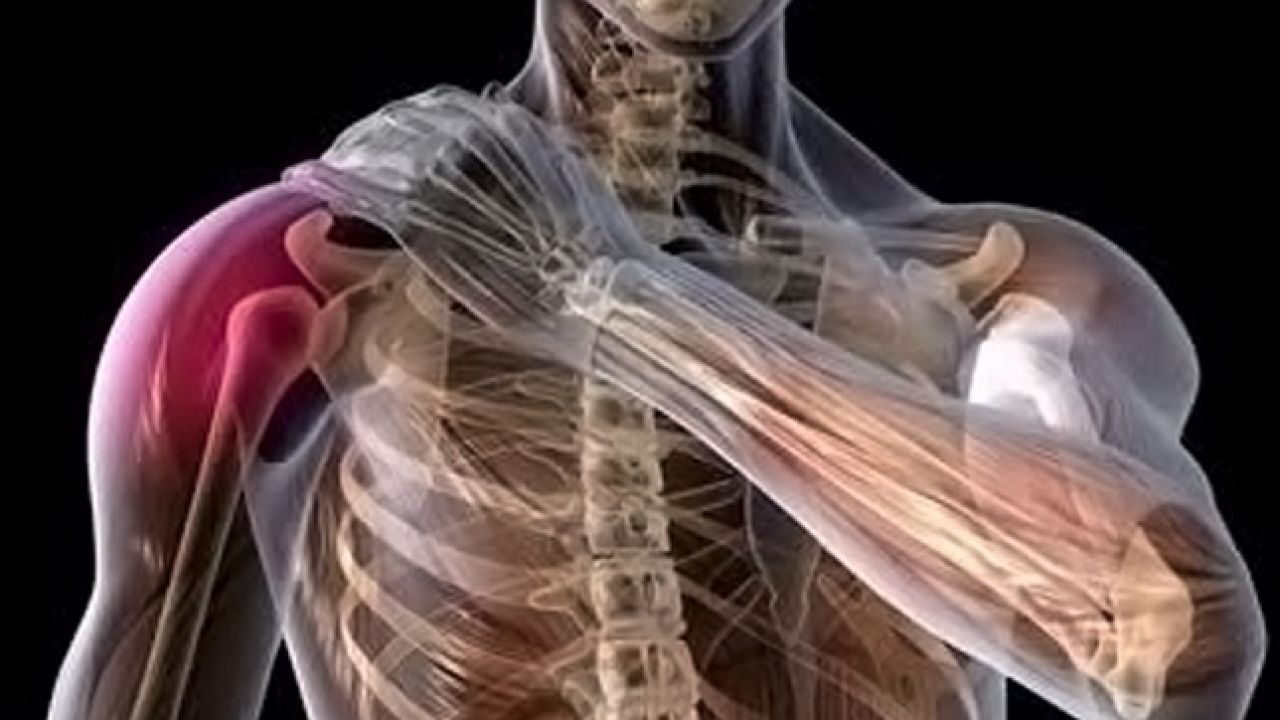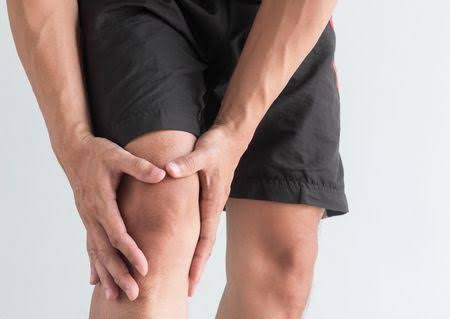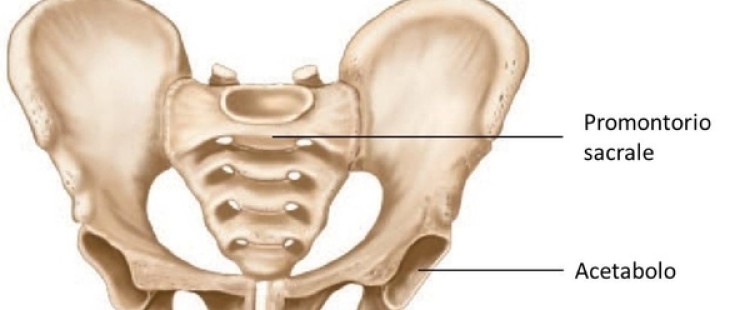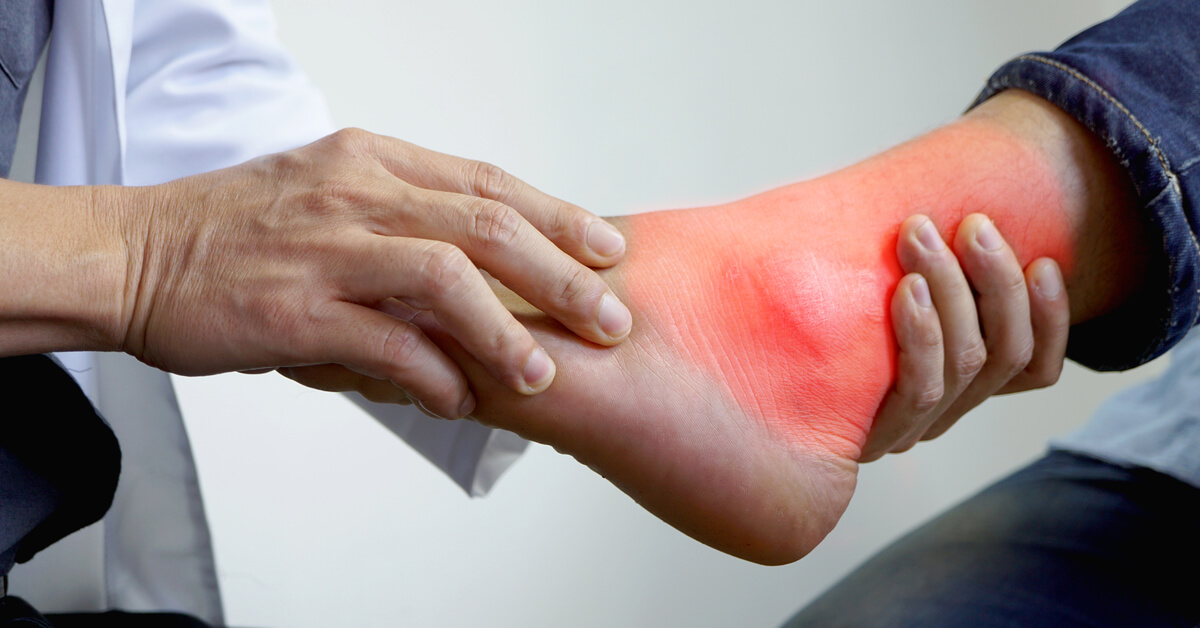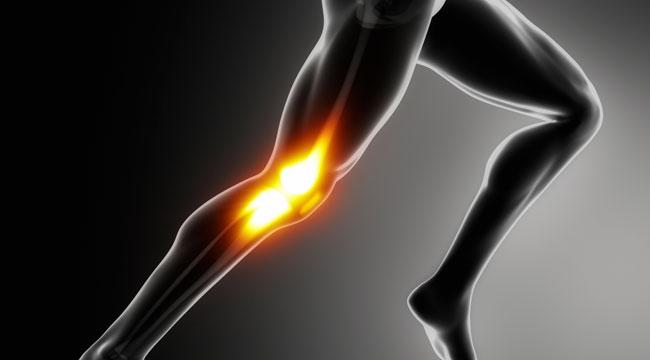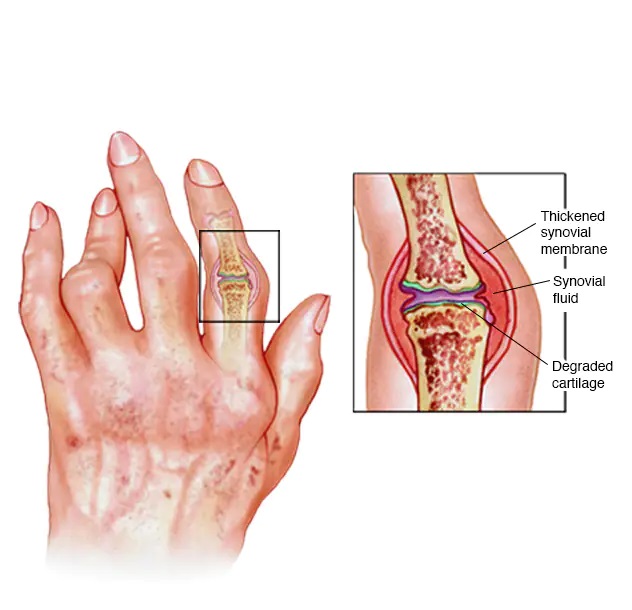Learn more about Plantar Fasciitis on the feet
Plantar Fasciitis is a disease that affects the heel of the foot, and in most cases, it may be accompanied by severe pain in this area, and many individuals suffer from it but do not know how to act, in the following article, we will provide a lot of information regarding this topic, so let us read the following.
Plantar fasciitis of the feet
Plantar fasciitis affects the foot as a result of some inflammation in the membrane that lines the foot and extends from the heel to the toes, and this is due to the deposition of large amounts of calcium in the bone of the foot, which causes severe pain for individuals.
The occurrence of this is not a sudden matter, but rather it arises as a result of incorrect habits that individuals do without awareness of what they will be exposed to, for example:
- Remaining standing for long periods, whether for work that requires it or doing household activities.
- Obesity and inattention to weight.
- Walking barefoot on very hard terrain.
- Wearing uncomfortable shoes that are not suitable for the feet at all, such as high heels and hard-soled shoes.
Plantar Fasciitis herbal treatment
Herbal treatment is considered one of the oldest methods that are used in the treatment of many diseases, and this makes it very popular until the present time, despite recent technological developments, and it is distinguished from other methods by its ease of use and its low cost.
- Red pepper: red pepper powder is brought and olive oil is applied to it until a creamy ointment-like mixture is formed, then it is placed on the heel of the foot with a massage until the pain subsides.
- Herbal mixture: In this recipe, many useful herbs will be mixed to obtain more effective results. Equal amounts of mustard oil, olive oil, and black seed oil are brought, and two pods of red pepper are placed on them. The mixture is left for a whole day, then it is used on the heels twice. Daily, leaving 10 minutes each time. It is preferable to wrap the leg with a piece of cloth after applying the mixture.
- Massage: When using any of the previous recipes, care must be taken to massage the heel well, and an ice cube can be used on the site of pain for a quarter of an hour every day.
Plantar fasciitis in the heel of the leg
Individuals develop plantar fasciitis in the heel of the leg as a result of foot stress over long periods, or this may occur as a result of the deposition of a large amount of calcium in the heel, and there are some wrong habits that individuals do that increase their risk of developing a bone fork, for example:
- Performing exercises on hard surfaces.
- Do exercises with leg binding or heel stretch.
- Doing exercises that require a lot of stretching of the soles of the feet.
- Wearing uncomfortable shoes.
- Excessive weight gain.
Bone spur symptoms and treatment
In some cases, the symptoms of bone spur may intensify because the individual has gout, and this makes him feel very severe pain, as for plantar fasciitis only, many things are observed in the patient, such as:
- Severe pain in the soles of the heels, as if there was a nail sticking into it.
- The pain increases during the day and night and subsides in the middle of the day because it does not appear well if the individual is in motion.
It is necessary to receive appropriate treatment for Bone spur as soon as you begin to feel its symptoms so that the conditions do not worsen and the individual is exposed to serious complications, as neglecting it causes the membrane lining the foot to rupture, which causes the individual to flatfoot and his foot becomes flat.
Here the pain continues to accompany the patient without interruption, despite the seriousness of this situation, but it does not happen except in very rare cases.
Bone spur treatment method
Doctors recommend many treatment methods for the bone thorn, as the individual can take some anti-inflammatory painkillers in case of inability to bear the pain, or do some stretching exercises for the lining membrane and the Achilles tendon, with the need for his attention to wear comfortable and appropriate shoes.
If none of these methods work for the patient, here we resort to the physiotherapy method by doing some exercises or ultrasound or laser sessions, and in other cases, it may require cortisone injections, but it may work with a small percentage of people.
Cortisone injections may have the opposite effect, as instead of calming the pain, it will increase its intensity, which may lead to a break in the membrane lining the foot.
Bone spur prevention methods
- Do foot stretching exercises.
- Wear shoes of a suitable size and soft during movement.
- Be careful not to continue standing for long periods.
- Avoid excessive weight gain and maintain a healthy lifestyle.
- When feeling any pain, it is possible to take some painkillers that do not require medical advice.
- Do not walk barefoot on hard ground.
Bone thorn treatment with garlic
Garlic has a great ability to reduce inflammation associated with plantar fasciitis because it contains many elements that are very beneficial to the human body, and garlic can be used in the treatment of bone spur by rubbing the heel with a clove of garlic and continuing to do so daily until the pain is completely gone.
There are many other recipes in which garlic is used to treat bone spur, and here is how:
- Half a teaspoon of carom seeds.
- A spoonful of crushed garlic.
- A spoonful of ginger bud.
- Sesame oil.
The ingredients are mixed well and placed on the fire in order to heat it for 3 minutes, then the heel of the foot is massaged with this mixture well daily, but garlic is faulty in that it may cause some side effects as follows:
- The appearance of a severe allergic reaction in what is called anaphylaxis.
- swelling of the skin;
- Eczema.
In the event that you notice the appearance of any of the previous symptoms, you should be careful to consult a doctor immediately and try to find a quick solution immediately.
Bone spur treatment in the heel
Many methods can be followed in order to treat a bone spur in the heel, and here are some of them in the following lines.
Bone spur treatment at home
When the symptoms are still in their infancy, there is no need to take medication or take any other procedures, and in that case, the following is done:
- Complete rest for the affected heel for a few days.
- Do ice packs on the heels daily for 20 minutes.
- Massage the heel very gently in order to relieve the pain.
- Make sure to relax and raise the foot by using pillows.
Bone spur treatment with exercise
Stretching exercises are of undeniable importance in the treatment of bone spur, and there are some other exercises that you can follow, for example:
- Calf Stretch: This exercise is done by leaning on the wall with both hands, then straightening the affected leg and bending the other forward, with the need to keep them at the same level on the ground, hold this position for up to 10 seconds and repeat it two to three times during the day.
- Rolling Stretch: This exercise is performed by placing a round object on the bottom of the foot and rolling it back and forth. This relaxes the foot muscles and relieves muscle tension.
- Towel curl exercise: This exercise is done by sitting on a chair, spreading the feet, placing a small towel in front of them, holding the towel with the toes, and rolling it up to the heel, and these steps are repeated 5 times.



